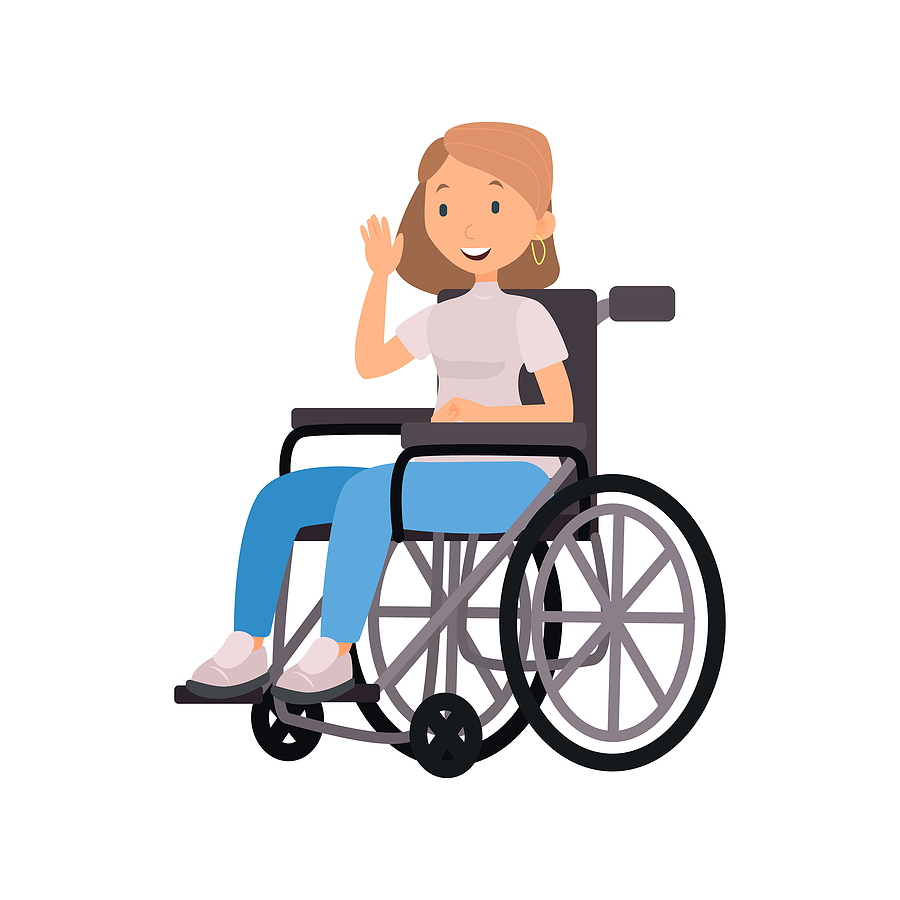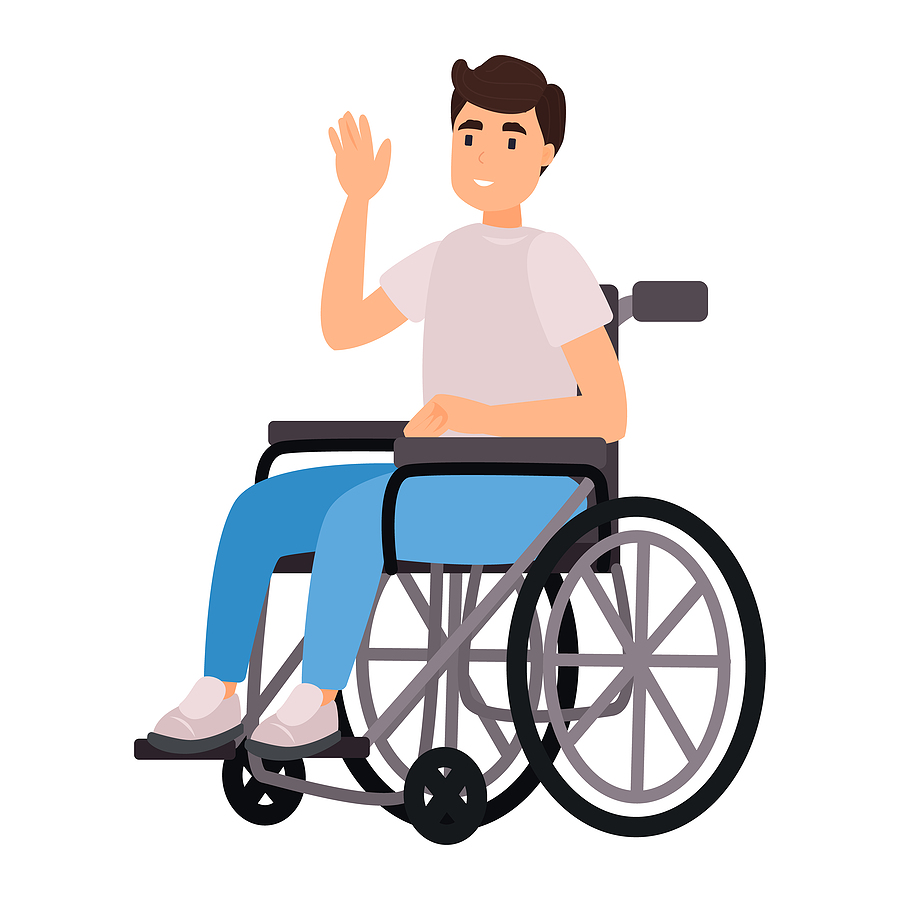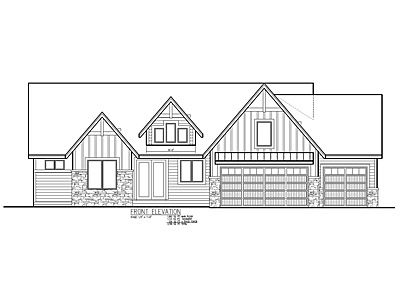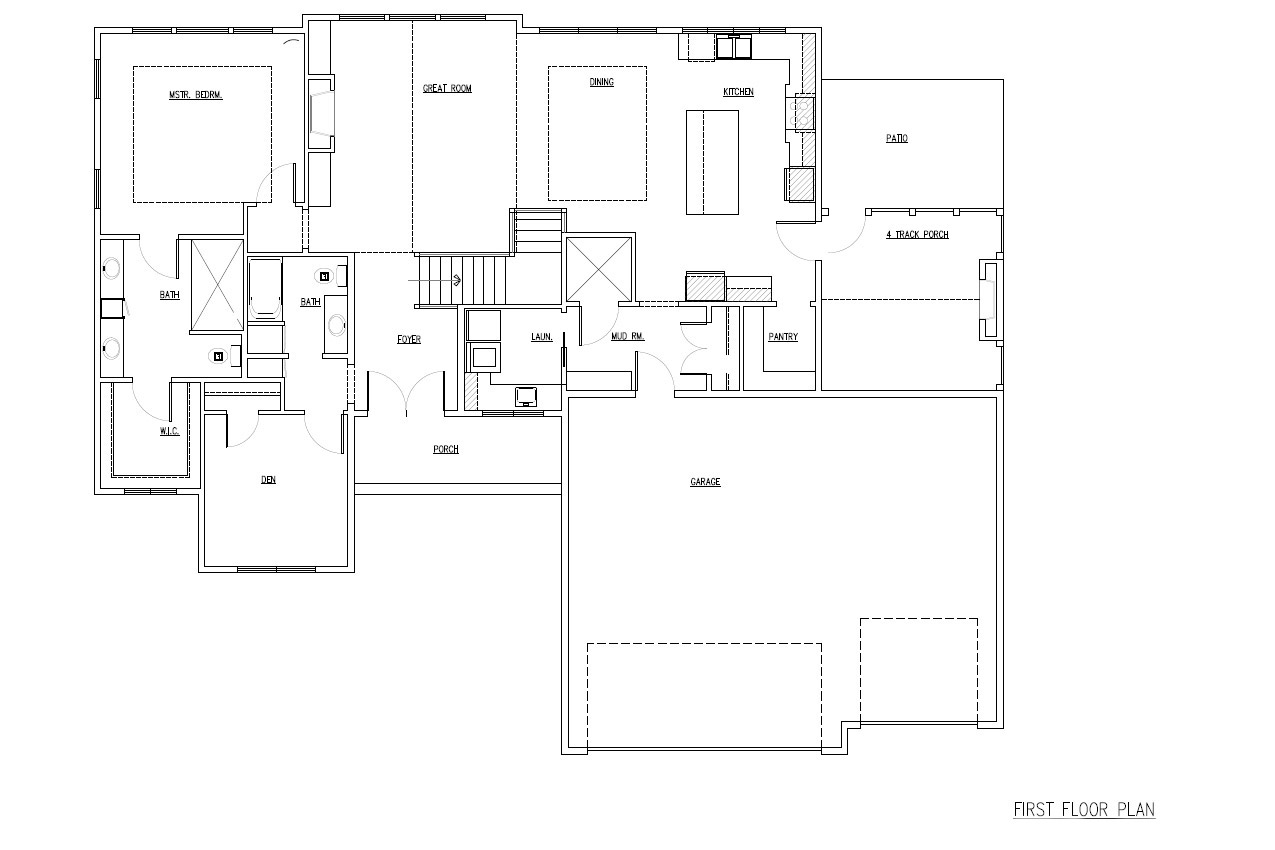Home Plans / Home Designers / Accessible Home Building
Accessible Home Building for the Handicapped or Disabled Person
The latest trends in accessible home building include:
- Universal design: Universal design is a design philosophy that focuses on creating products and environments that are accessible to everyone, regardless of their age, ability, or situation. Universal design principles can be applied to all aspects of home building, from the layout of the home to the selection of materials and finishes.
- Smart home technology: Smart home technology can be used to make homes more accessible for people with disabilities. For example, smart light switches can be programmed to turn on and off automatically, and smart thermostats can be programmed to adjust the temperature based on the time of day and the occupants’ needs.
- Accessible technology: There are a number of accessible technologies that can be used in homes, such as voice-activated controls, accessible appliances, and accessible furniture. These technologies can help people with disabilities to live more independently and safely in their homes.
- Accessible design features: There are a number of accessible design features that can be incorporated into homes, such as wide doorways and hallways, ramps instead of stairs, grab bars in bathrooms and showers, easy-to-reach light switches and outlets, lever-style door handles, raised toilet seats, and Braille signage. These features can help people with disabilities to navigate their homes more easily and safely.
It is important to ensure that every individual, regardless of their physical abilities, can enjoy the comfort and independence of their own home. Accessible homes play a significant role in allowing individuals with disabilities to live with dignity and autonomy. This is a helpful guide to building accessible homes that are tailored to meet the unique needs of individuals with disabilities or handicaps. From architectural considerations to interior design elements, these are some of the essential aspects of constructing an accessible home that promotes mobility, safety, and convenience.
Designing an Accessible Layout
Designing an accessible layout is the foundation of accessible homes. Key considerations include:
- Wheelchair Accessible Entrances and Exits: Ensure there are zero-step entries or ramps with proper slope ratios to accommodate wheelchair users. Widening doorways to a minimum of 36 inches allows for easy maneuverability.
- Hallways and Doorways: Wider hallways, typically 42-48 inches wide, provide ample space for maneuverability. Installing pocket doors or swing-away hinges on doorways helps maximize accessibility. Don’t forget about the garage door.
- Accessible Bathrooms: Incorporate roll-in showers for wheelchair users. Include grab bars and adjustable showerheads. Mounting sinks at a lower height, providing knee clearance under countertops, and installing sturdy grab bars near toilets are essential for individuals with mobility limitations.
- Accessible Kitchens: Design lower countertops, cabinets with pull-out shelves, and sinks with knee clearance to enable individuals using wheelchairs to independently utilize the kitchen space.

Flooring and Surface Considerations
Choosing the right flooring and surface materials is crucial for creating a safe and accessible environment:
- Slip-Resistant Flooring: Opt for flooring materials with a high coefficient of friction to minimize the risk of slips and falls. Consider non-slip tiles, low-pile carpeting, or vinyl flooring with a textured surface.
- Thresholds: Eliminate tripping hazards by ensuring smooth transitions between different floor surfaces. Use low-profile thresholds or ramps to bridge any level differences.
- Smooth Surfaces: Keep surfaces free from obstacles, such as area rugs or cords, to facilitate easy navigation with mobility aids.
Hardwood floors can be a good choice for wheelchair users
Hardwood floors can be a good choice for wheelchair users, as they are smooth and provide good traction. However, it is important to choose a hardwood floor that is durable and can withstand the wear and tear of a wheelchair. Some hardwoods that are good choices for wheelchair users include maple, oak, and hickory. It is also important to have the hardwood floors sealed regularly to protect them from scratches and dents.
Here are some of the benefits of hardwood floors for wheelchair users:
- Smooth surface: Hardwood floors have a smooth surface that is easy to glide over in a wheelchair. This can make it easier for wheelchair users to move around the home and access different rooms.
- Good traction: Hardwood floors provide good traction, which can help to prevent wheelchair users from slipping and falling.
- Durability: Hardwood floors are durable and can withstand the wear and tear of a wheelchair. This means that they will not easily scratch or dent, which can be a problem with other types of flooring, such as carpet.
- Aesthetics: Hardwood floors are beautiful and can add a touch of elegance to any home. This makes them a good choice for wheelchair users who want a stylish and comfortable home.
However, there are also some potential drawbacks to hardwood floors for wheelchair users:
- Cost: Hardwood floors can be more expensive than other types of flooring, such as carpet.
- Maintenance: Hardwood floors require regular maintenance, such as waxing and polishing. This can be a time-consuming and labor-intensive process.
- Noise: Hardwood floors can be noisy, especially when wheelchair users are moving around the home. This can be a problem for people who live in apartments or other shared spaces.
Overall, hardwood floors can be a good choice for wheelchair users. However, it is important to weigh the benefits and drawbacks before making a decision.

Assistive Technology and Home Automation
Incorporating assistive technology and automation systems can significantly enhance the accessibility and convenience of home:
- Smart Home Technology: Install voice-activated systems to control lighting, temperature, security, and entertainment, allowing individuals with limited mobility to operate various functions independently.
- Automated Doors and Windows: Utilize motorized systems to open and close doors and windows, eliminating the need for manual operation.
- Environmental Controls: Incorporate smart thermostats and lighting systems that can be adjusted remotely or through voice commands, enabling individuals to control their environment effortlessly.
Residential Elevators
Residential elevators are a type of elevator that is designed for use in homes. They are typically smaller and less expensive than commercial elevators, and they can be installed in a variety of locations, including multi-story homes, townhouses, and apartments. Residential elevators can provide a number of benefits, including:
- Increased accessibility: Residential elevators can make it easier for people with disabilities to get around their homes.
- Improved safety: Residential elevators can help to prevent falls and other injuries, especially for people who have difficulty climbing stairs.
- Increased convenience: Residential elevators can save people time and energy by allowing them to easily move between floors.
- Increased value: Residential elevators can add value to a home when it is time to sell.
If you are considering a residential elevator in your new accessible home, you will need to determine the size and type of elevator that is right for your needs. Work with your accessible home builder to select the right elevator for your home.
Residential elevators can be a great way to improve the accessibility, safety, convenience, and value of your home.
Universal Design Principles
Universal Design Principles are a set of guidelines that aim to create products, environments, and systems that are accessible, usable, and beneficial to all people, regardless of their age, size, abilities, or disabilities.
Adopting universal design principles ensures that homes accommodate the needs of individuals with disabilities while remaining aesthetically pleasing for everyone:
- Lighting: Use ample natural light and consider installing adjustable lighting fixtures to accommodate varying visual needs. Ensure switches and controls are easily accessible.
- Ergonomic Considerations: Select ergonomic furniture and accessories that provide comfort and support for individuals with different physical abilities.
- Color Contrasting: Use contrasting colors on walls, doors, and furniture to aid individuals with visual impairments in distinguishing between different elements.
Building an accessible home can be a significant investment, but it is an investment that can pay off in many ways. An accessible home can provide a safe and independent living environment for people with disabilities. It can also help to reduce the risk of falls and other injuries. In addition, accessible homes can be more energy-efficient, as they often require fewer modifications to make them accessible.
If you are considering building an accessible home, be sure to consult with an architect or builder who is experienced in accessible design. By working with a team of professionals, you can ensure that your accessible home is built to the highest standards of quality and accessibility.
TJB Homes has both the experience and knowledge to build your new home!


